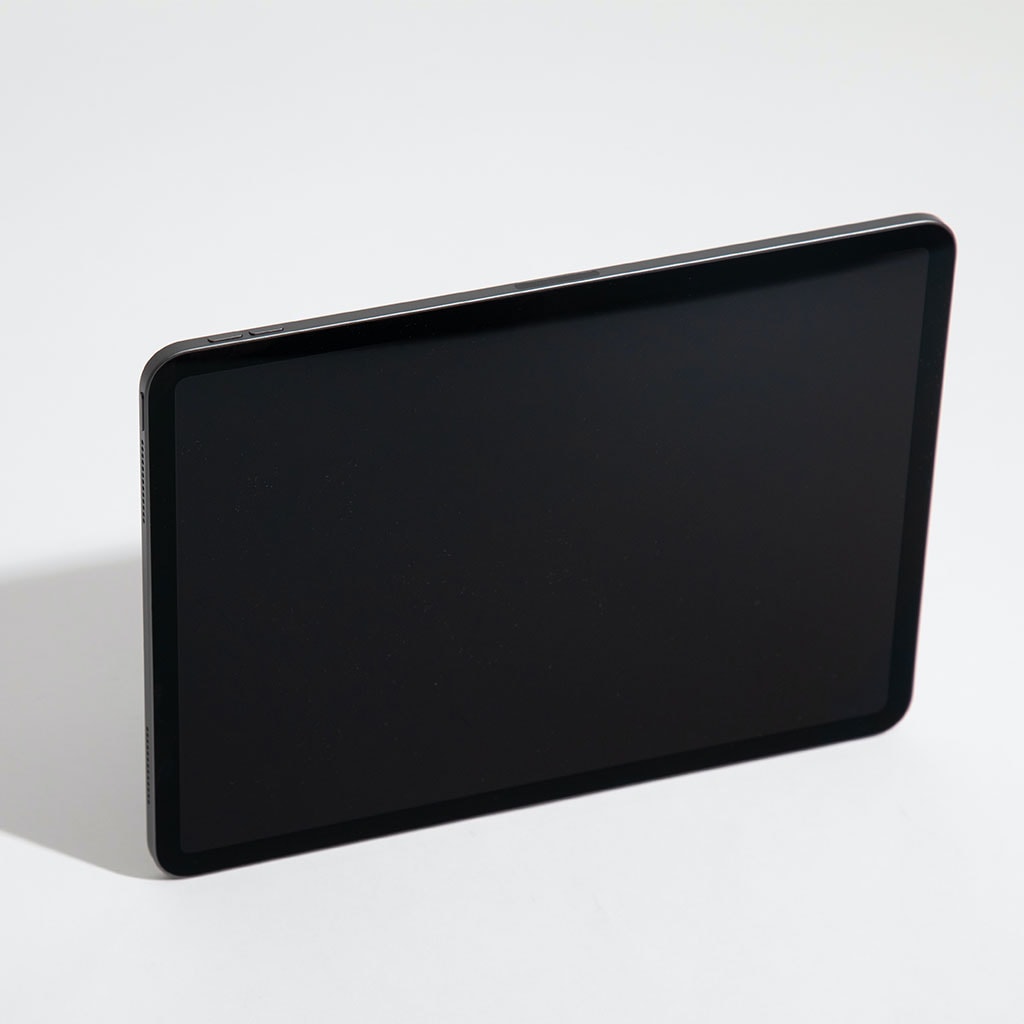Why is there no sound on my iPad?
Why is there no sound on my iPad?
Experiencing a lack of sound on your iPad can disrupt your entertainment and communication experience. Delving into the potential reasons behind this issue and exploring troubleshooting methods is crucial for restoring sound functionality on your device.
Unleash the power of sound on your iPad: why is it staying silent?
Experiencing a lack of sound on an iPad can be attributed to various factors, and troubleshooting these issues involves investigating both software and hardware aspects:
- Software Settings and Controls:
- Volume Controls: Ensure the volume is turned up by pressing the volume buttons on the side of the iPad or checking in Control Center.
- Silent Mode and Mute Switch: Confirm that the device is not in Silent Mode (muted) by toggling the physical mute switch on the side of the iPad or checking in Control Center.
- App-Specific Sound: Check if sound is muted within specific apps by launching them and adjusting their in-app sound settings.
- System Settings and Software Configuration:
- Settings Check: Go to Settings > Sounds & Haptics to verify that sound settings are properly configured. Ensure that the volume limit is not restricting sound output.
- Bluetooth Connectivity: If using Bluetooth accessories, ensure they are connected and not redirecting sound output. Disconnecting or turning off Bluetooth might resolve sound issues.
- Do Not Disturb Mode: Ensure the iPad is not in Do Not Disturb mode, which can silence notifications and sound output.
- Physical and Hardware Considerations:
- Headphone Jack or Port: If using headphones or external speakers, verify they are properly connected and functioning. Try using different headphones or speakers to check if the issue lies with the accessories.
- Speaker or Audio Output Issues: Clean the speaker grilles and ports to remove any debris that might obstruct sound output. Restarting the iPad can also resolve temporary glitches affecting sound output through the built-in speakers.
- Software Updates: Check for any pending software updates for the iPad in Settings > General > Software Update. Software updates often include bug fixes that might resolve sound-related issues.
- App-Specific Troubleshooting:
- Restart Apps: Close and reopen the problematic app to check if the sound issue persists. Some apps might encounter temporary glitches affecting sound output.
- Reinstall Problematic Apps: If sound issues persist in specific apps, consider reinstalling them to rule out software-related problems within the apps themselves.
- Advanced Troubleshooting and Support:
- Reset All Settings: As a last resort, consider resetting all settings on the iPad (Settings > General > Reset > Reset All Settings). This step might resolve persistent software-related sound issues.
- Contact Apple Support: If none of the troubleshooting steps resolve the sound problem, contacting Apple Support or visiting an authorized service provider might be necessary for further diagnostics and repairs.
By examining these potential causes and systematically troubleshooting sound issues on your iPad, you can identify the root cause and implement the appropriate solutions to restore sound functionality.
Are the speaker grilles and audio output ports free from dirt, debris, or damage that could affect sound output?
Ensuring that the speaker grilles and audio output ports on your iPad are free from dirt, debris, or damage is crucial in maintaining proper sound output. Accumulated dirt or debris in the speaker grilles or ports can obstruct sound, resulting in reduced or distorted audio quality. Checking these areas involves visually inspecting the speaker openings and ports for any blockages or foreign particles that might impair sound transmission. Cleaning these areas carefully using a soft brush, compressed air, or a cotton swab can help remove debris and restore clear sound output. Additionally, being mindful of the environment in which the iPad is used, such as avoiding exposure to dusty or moist conditions, can prevent debris buildup that might affect the device’s audio components.
Inspecting the audio output ports and speaker grilles is crucial as damage to these areas can significantly impact sound quality. Physical damage, such as dents, cracks, or moisture exposure, can interfere with the proper functioning of these components. Water damage, in particular, can affect the internal components of the iPad, including those related to sound output. While inspecting these external components is essential, addressing potential software issues or hardware malfunctions affecting sound output might also involve checking network settings, audio settings, or conducting diagnostics to ascertain if the problem is software-related or linked to internal hardware issues. If there are indications of physical damage or suspected hardware issues that cleaning cannot resolve, seeking professional assistance or contacting Apple Support might be necessary for a more in-depth inspection and repair.
Conclusion
In conclusion, there can be multiple reasons why your iPad may not be producing sound. First, check to make sure the speaker grilles and audio output ports are free from dirt, debris, or damage that could affect sound output. Additionally, reinstall any apps you may be having sound issues with and consider resetting all settings on the iPad (Settings > General > Reset > Reset All Settings) as a last resort. If none of these steps resolve the sound problem, contact Apple Support or visit an authorized service provider for further diagnostics and repairs.





You must be logged in to post a comment.